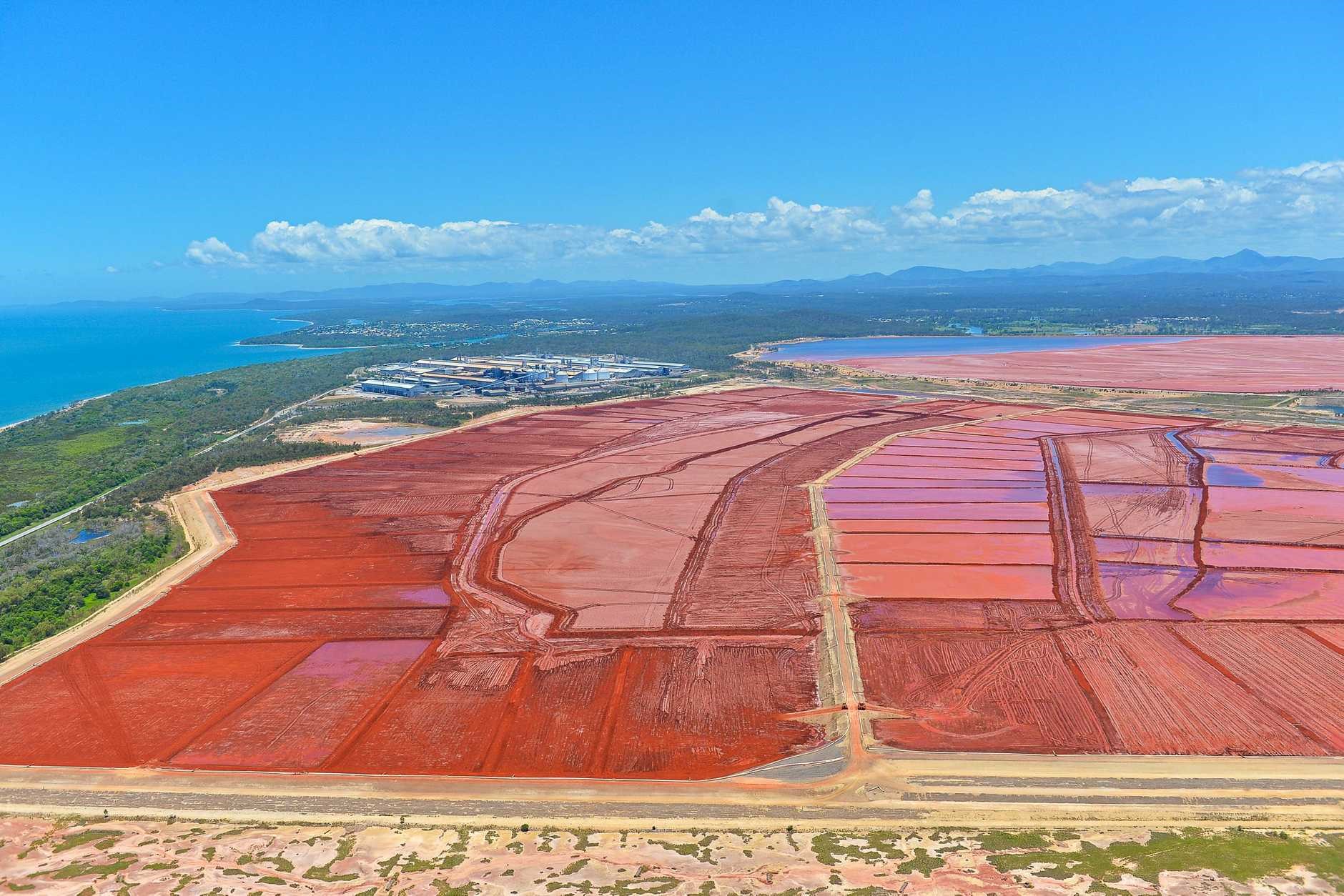

The alumina refineries in Queensland, Australia is all set in motion to enter full-scale trials with a new technology that might transpose the bauxite residue red mud to soil-like material competent of laying on plant life.

As reported by the researchers who are developing the new system, stated that there are more than four billion tonnes of red mud stockpiled in dams around the world, while Australia ranks second as a mineral waste producer.
The eco-engineering solution in this context is being worked on by researchers at the University of Queensland’s Sustainable Minerals Institute in collaboration with Rio Tinto and Queensland Alumina Limited.
Longbin Huang, the lead researcher said: “The technology is a process to utilize functional and cost-effective engineering inputs, either organic or minerals, to accelerate in situ microbial bioweathering of minerals and soil pedological and ecological processes in the amended wastes, towards the formation of functional growth soil, that is compatible with ecological attributes of native/exotic plant species and communities.”
However, the procedure is highly complicated as the salinity and alkalinity associated with the minerals in red mud make any kind of rehabilitation effort formidable.
Huang said: “The in situ eco-engineering of mineral wastes into soil largely offsets the need for excavating and transporting large volumes of natural soil resources from non-mined landscapes, thus achieving a great financial advantage while improving environmental quality expected.”
“This game-changing technology is expected to enable mining operators to commence progressive rehabilitation of tailings and mineral wastes, without the reliance on expensive and hard-to-come soil resources excavated from off-sites.”
The conventional methods to manage red mud require companies to quarry and transport quantities of topsoil from other destinations to engulf a thousand hectares of waste landscapes.
The process developed by Huang and his group of researchers is contemplated as a more sustainable and cost-effective way of managing red mud resembling traditional methods.
Huang spotlighted that scalability is also one of the vital features of the system.
“The technology developed so far is field-operable at large scale and transferable and adaptable across sites, based on the specific mineralogy of tailings, the availability of local economic and renewable resource, and climatic conditions,” the researcher contributed.
The University of Queensland team received funding over $3 million from Rio Tinto and QAL to attain the final stage of development that focuses on trialling the technology at an operational scale at two red mud sites.
The collaboration of three parties has been functional for eight years as the parties have been working in conjunction from proof of concept to full-sphere trials.
Responses








